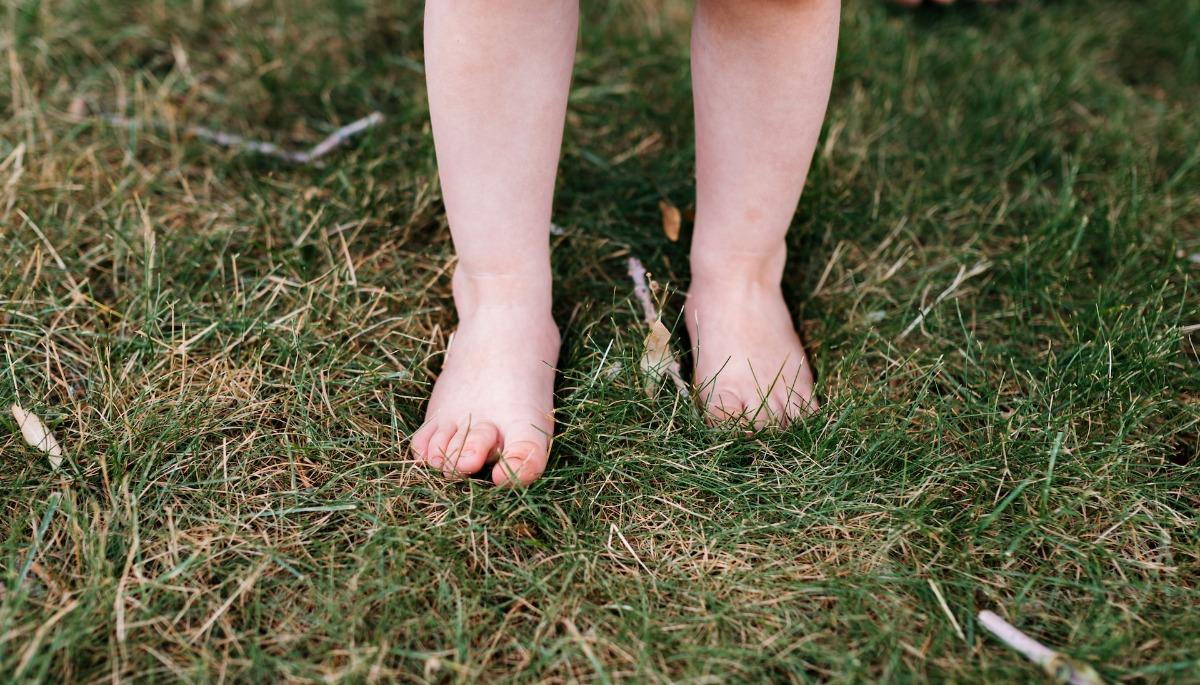How To Tell If You Have A Bunion: Common Signs and Symptoms
posted: Jan. 20, 2023.

Bunions are little bony bumps that typically form on the joint at the base of your big toe. They can be quite painful and can make it difficult to walk or even stand for long periods of time. If you've ever had a bunion, you know how painful and annoying they can be. But how do you know if you have a bunion in the first place? This article will explain the common signs and symptoms of bunions, so you can determine if you have one and take steps to treat it.
What Causes a Bunion to Develop?
The main cause of bunions is wearing tight or ill-fitting shoes that put pressure on the big toe joint over time. Shoes that are too tight or too narrow can cause your feet to become cramped and constricted, forcing the big toe to bend inward. This can result in a bunion forming over time. This is why bunions are more common in women than men, as women tend to wear more pointy and narrow shoes.
Other factors that can contribute to bunions include foot injuries, arthritis, and certain foot conditions. Bunions can be hereditary, meaning that if your parents or grandparents have had them, you are more likely to develop them as well.
Signs That You Have a Bunion
Bunions are quite a common foot deformity that can cause a lot of pain and discomfort. They develop when the joint of the big toe becomes inflamed and sticks out from the foot. Bunions can be a result of wearing tight shoes or tight socks, or they can be hereditary.
If you suspect you may have a bunion, it's important to identify the common signs and symptoms. Knowing the signs of a bunion can help you seek the right treatment and prevent the condition from getting worse. Here are the most common signs and symptoms of a bunion.
1. Pain: Pain is the most common symptom of a bunion. You may experience pain in the area of the bunion, as well as in other parts of the foot. The pain may be sharp or throbbing, and it can range from mild to severe.
2. Swelling or Redness: You may notice swelling or redness around the big toe's joint. This is due to the inflammation of the joint.
3. Bony Bumps: You may notice a bony bump on the side of the big toe. This is the bunion.
4. Difficulties with Walking: You may have difficulty walking or standing for long periods of time due to the pain and discomfort associated with the bunion.
Treatment Options for Bunions
The most common treatment for bunions is bunion pads or shoe inserts. These are placed in the shoe to provide cushioning and support for the bunion, reducing pain and pressure. Bunion pads also help to keep the toe in its natural position.
Surgery is another option for treating bunions. This can involve removing the bony bump, realigning the joint, and releasing the tendons and ligaments. While surgery can provide relief from pain and help restore the normal position of the toe, it is not recommended for everyone.
For milder cases of bunions, non-surgical treatments such as orthotics and special shoes may be recommended. Orthotics are custom-made shoe inserts that provide support and cushioning for the bunion. Special shoes can also be worn to reduce pressure on the bunion and provide more support.
Conclusion
If you are experiencing any of these signs and symptoms, it's essential to seek medical attention. Your foot specialist will be able to diagnose your condition and recommend the best treatment options. With proper treatment, you can reduce pain and discomfort and prevent the bunion from getting worse.
It's important to know a foot specialist in Toronto who can help you with any foot-related issues. At the office of Sheldon H. Nadal D.P.M., we prioritize patient care and comfort. We provide comprehensive foot and ankle care, from conservative treatments to surgical interventions. Book an appointment today and let our podiatrist in Toronto help you get back on your feet.